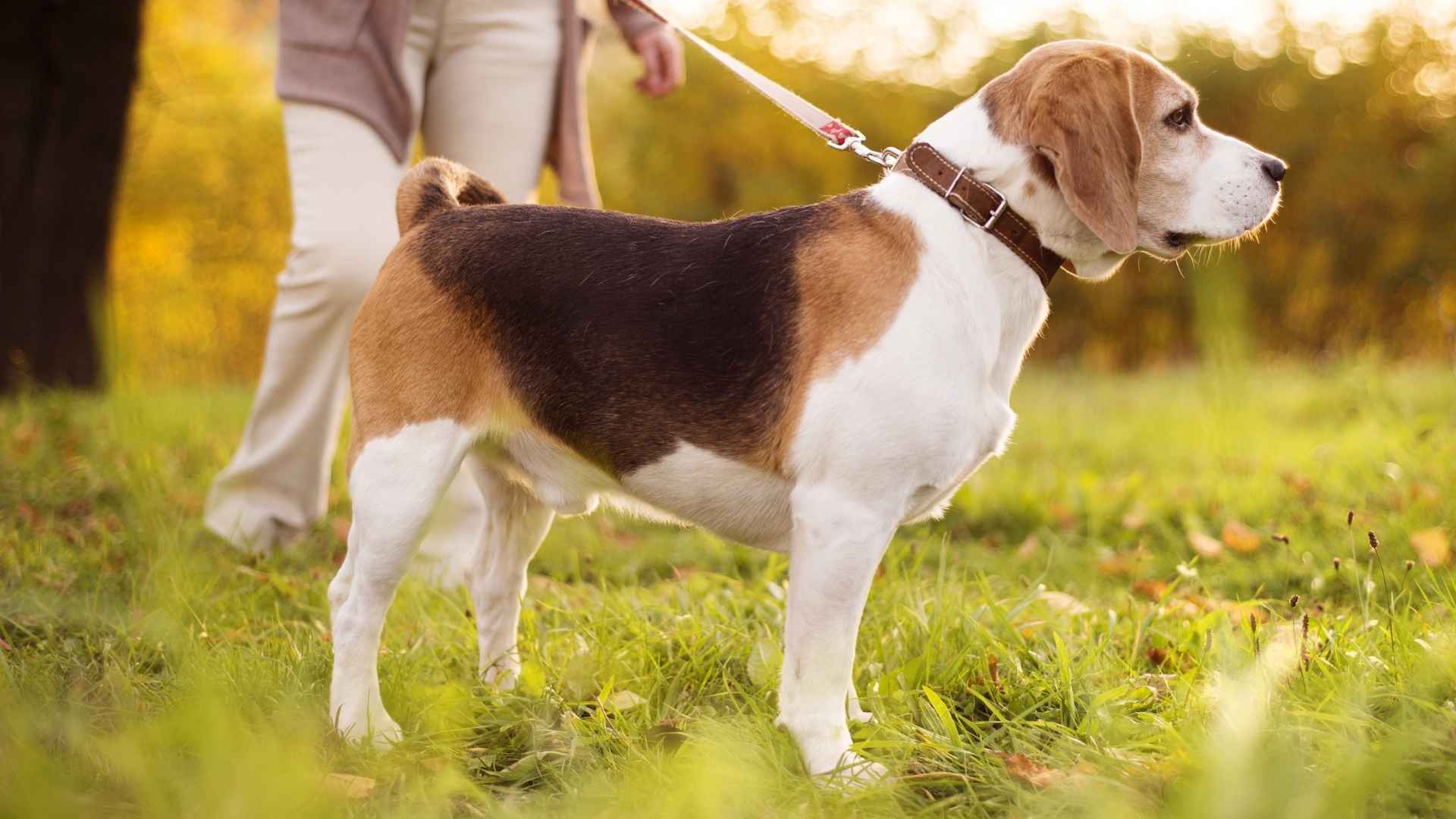Most dog owners don’t realize just how common behavioral quirks are. In one survey of over 2,000 dogs, a whopping 86% displayed at least one behavior problem—things like barking at noises, unwanted chewing, or ignoring commands. That’s not rare. It’s the norm.
According to the American Kennel Club, a dog’s breed can significantly influence how it learns, listens, and responds. They are originally developed for tasks requiring independent decision-making—like tracking scents or guarding property—often less interested in following instructions. That doesn’t make them bad, just independent thinkers.
Being “hard to train” doesn’t mean impossible. With early socialization, positive reinforcement, and a ton of patience, even the most stubborn dog breeds can become well-mannered companions. It’s not about breaking their spirit—it’s about meeting them where they are, staying consistent, and making training something they care about.
Training Resistant Dog Breeds
Here are the 7 dogs:
1. Alaskan Malamute

If you’re dealing with an Alaskan Malamute, you’re not just training a dog—you’re working with a piece of history.
This ancient variety is one of the oldest Arctic sled dogs, bred to haul massive loads across frozen terrain and assist in hunting seals and deterring predators, including bears.. Their wolf-like lineage gives them that unmistakable wild edge, both physically and mentally.
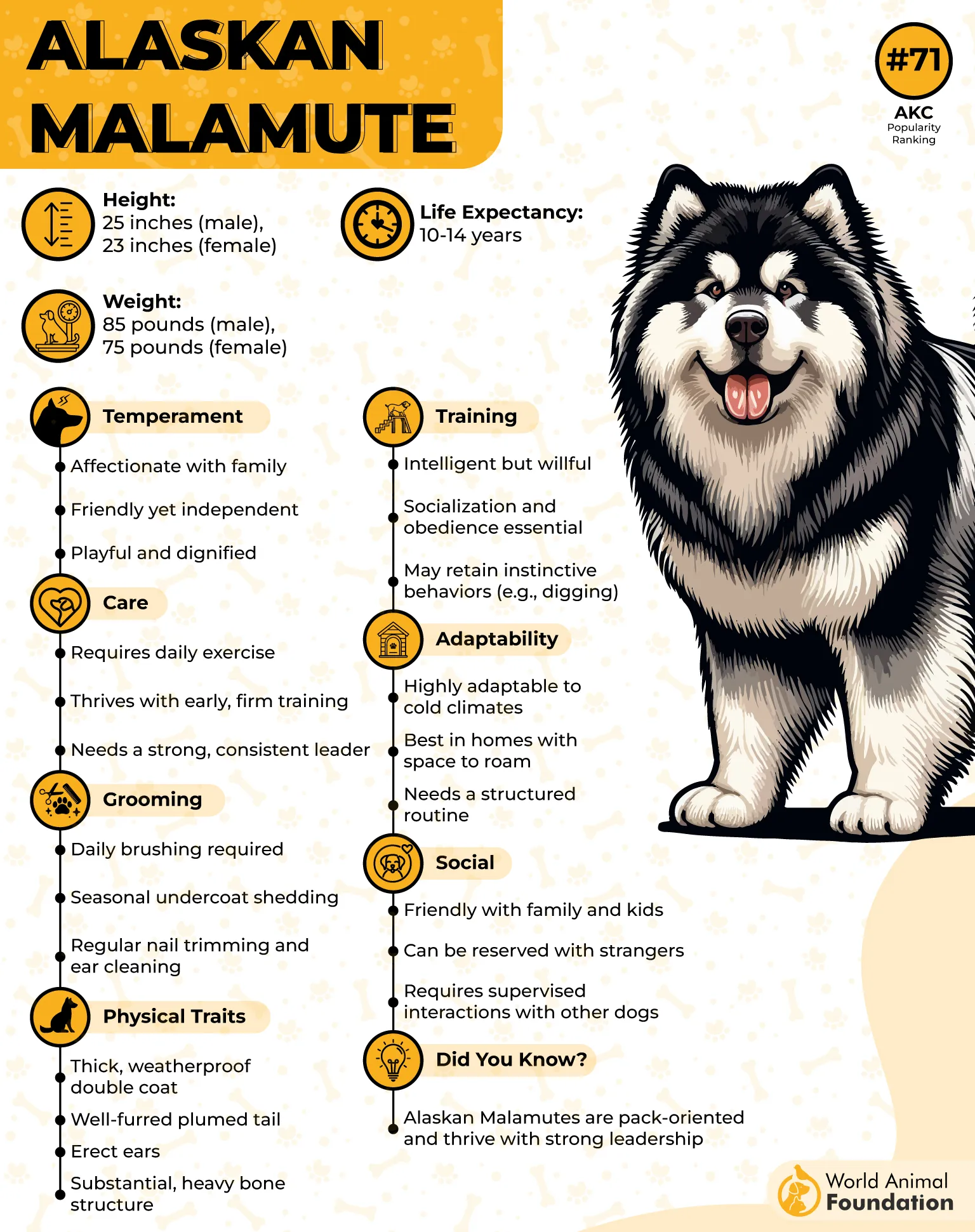
These aren’t built for speed; they’re built for grit and endurance. With a broad chest and a muscular frame, Malamutes have a powerful build that reflects their hard-working origins. And while they’re visually stunning, their rugged nature also comes with a fair share of notoriously difficult training complications.
Not Your Average Communicator
Alaskan Malamutes are surprisingly quiet—they don’t bark often, but they’ll absolutely “talk” your ear off with howls, grumbles, and expressive vocalizations.
Their tendency to howl at sirens or respond to high-pitched sounds isn’t just quirky—it’s rooted in their instinct to communicate across distances. This vocal nature can be confusing for most people who expect barking, not full-on conversations.
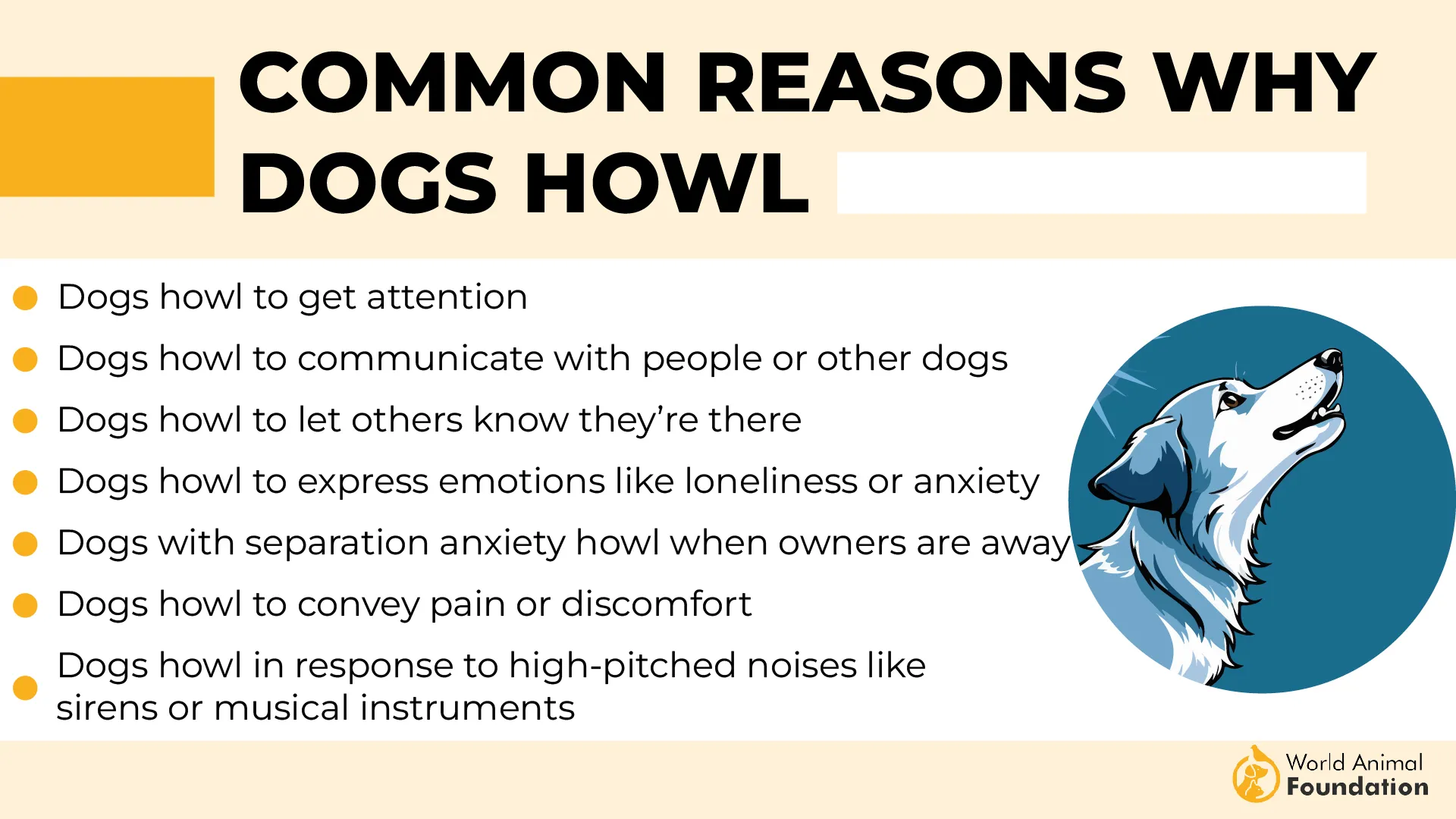
Independence That Feels Like Rebellion
Here’s what makes Malamutes particularly tough: they’re not especially food-driven. Unlike other breeds that fall in line for a liver delicacy, this independent thinker has a personality that isn’t easily swayed by snacks or sweet talk. That makes positive reinforcement less predictable and requires more mental stimulation and creative handling.
2. Basset Hound
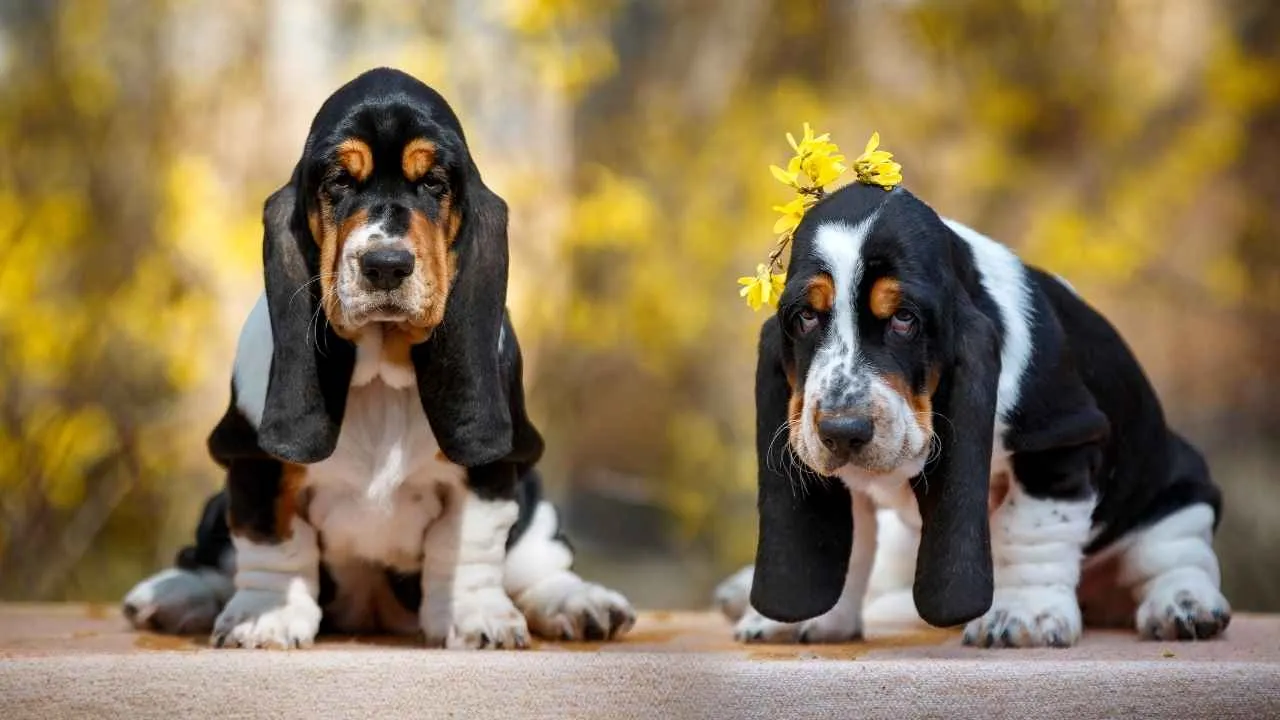
When it comes to training, Basset Hounds bring a whole different kind of challenge. These were bred to follow the scent trails life without stopping or second-guessing, and that level of concentration often means your voice won’t register if their nose is locked on a trail.
They’re not defiant out of spite—they’re just wired to follow their noses first and everything else later. That makes traditional obedience work frustrating if you’re not patient in the long run.
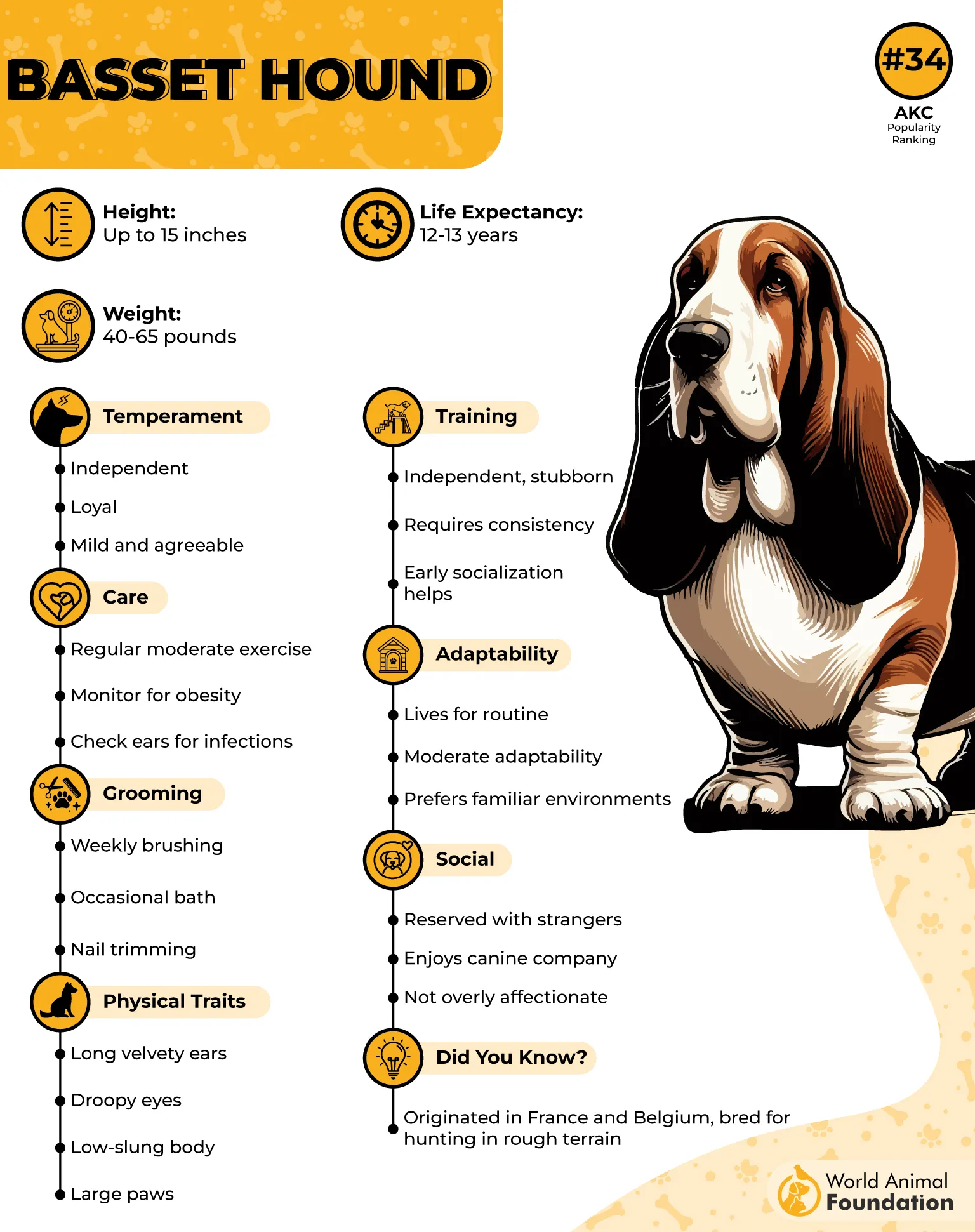
They also tend to be one of the most stubborn dog breeds, which means you’ll need to repeat commands more than usual. Harsh corrections don’t work here. But Food motivation does, so training them using high-value rewards and keeping sessions short and positive is the most effective route for a training course.
Born to track, not perform
Basset Hounds are built to trail scents for miles, and their bodies are made for the job. They have over 220 million scent receptors. Their low-to-the-ground build, thanks to a form of dwarfism (achondroplasia), allows them to stay close to the scent trail without missing a beat.
Their endurance is impressive, but it’s channeled entirely into tracking, not training drills. Walks often become stop-and-sniff marathons as they’re easily distracted.
Friendly but not obedient by nature
They are gentle, affectionate, and usually get along well with people and other dogs and pets. Their laid-back demeanor can fool new owners into thinking they’ll be easy to manage.
These are pack animals, and while they love being part of the family life, they’re independent with unique personalities and a mind of their own. They’re also prone to weight gain, bloat, and glaucoma, so training isn’t just about behavior, but also about keeping them moving and engaged.
3. Beagle
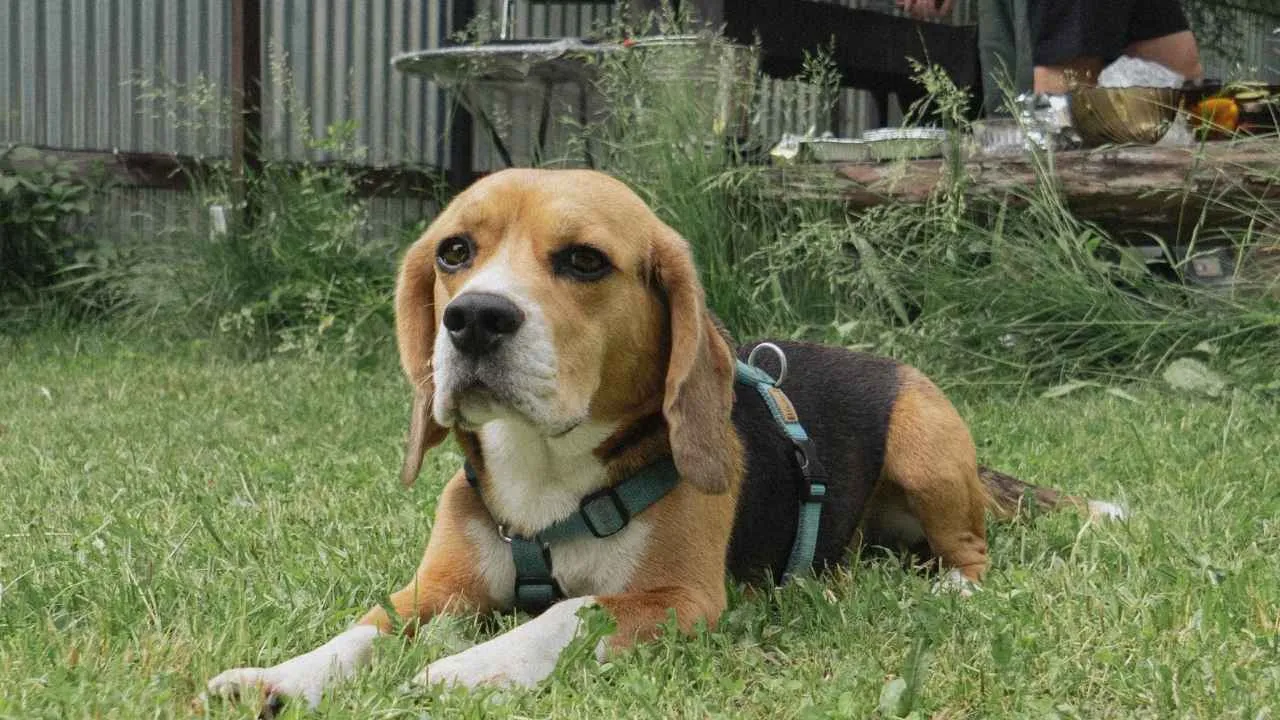
Beagles are sweet, smart, and full of personality and life, but they’re also one of the more challenging to train. Their biggest obstacle is boundless Energy. They want to go, sniff, chase, and bark—all at the same time.
That kind of hyperactivity makes it tough for them to concentrate on you, so you need to pay close attention, especially in a training environment with distractions. If they don’t get enough physical exercise, they’ll burn that energy some other way—digging, chewing, escaping, or barking nonstop.
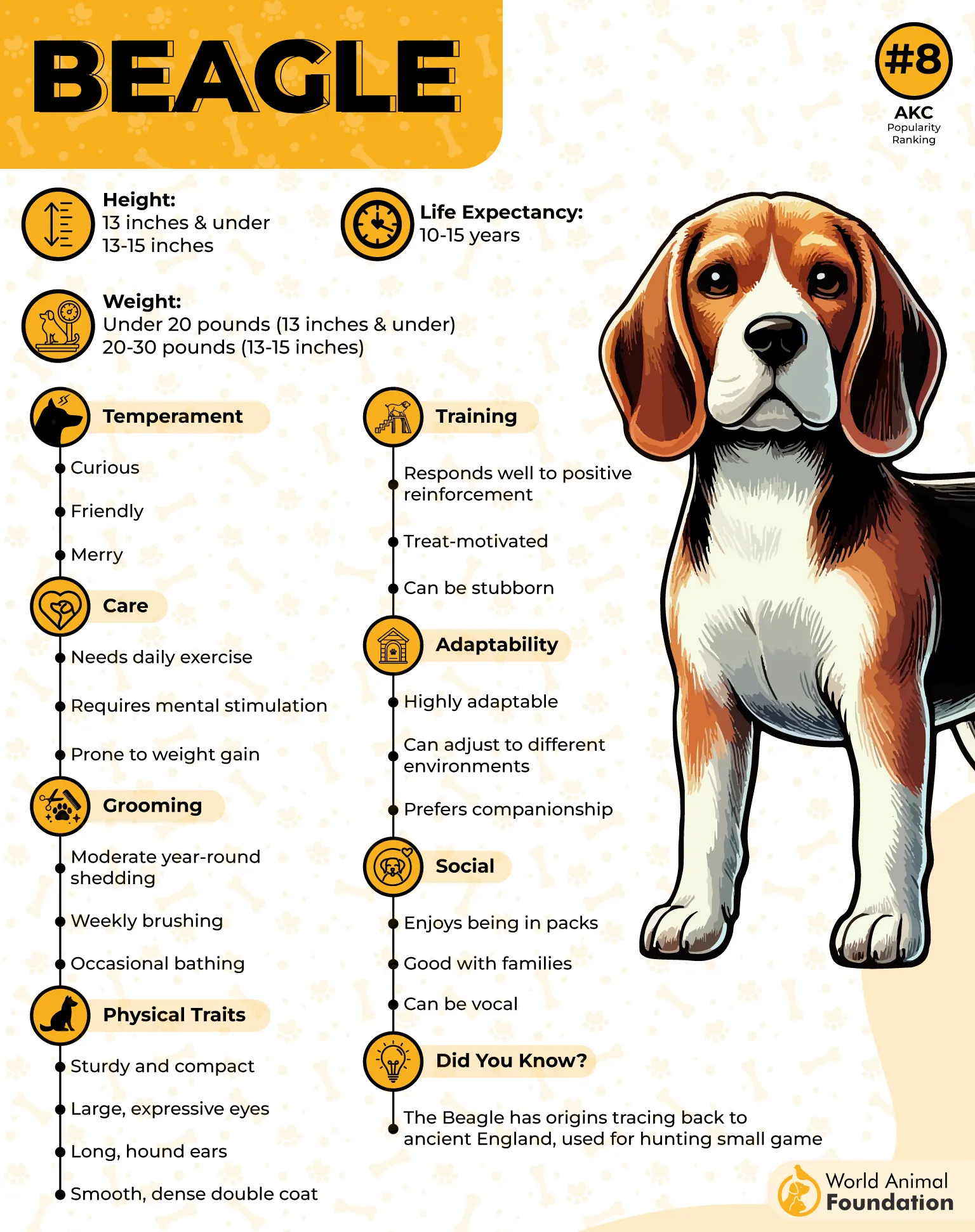
Beagles were bred to follow scents. Once they catch a whiff of something interesting, it’s game over for your voice commands. They’re also a stubborn dog breed—not aggressive or defiant, just independent and headstrong.
Train with Treats, Not Frustration
Beagles are extremely food-motivated. You can train them—you just need high-value rewards, short sessions, and lots of patience. Positive reinforcement is key. But skip the yelling or harsh corrections.
Because of their hunting heritage, they’re used to making decisions on the fly while tracking. That independence is great for the field, but hard for concentration. Start early, stay consistent, and keep training fun—or they’ll out-stubborn you every time.
built to hunt, bred to be seen
Beagles have some traits that were intentionally bred to make them ideal hunting companions. That white-tipped tail? made them easier to spot when their heads were down, noses glued to the trail. Their howl (called a bay) was a signal to hunters and owners that they were on to something.
And today, they’re still used in serious scent work—the Beagle Brigade at airports helps sniff out contraband food, plants, and other agricultural products. With an incredible sense of smell and relentless focus, they’re often called “a nose with feet.” It’s also why they pull on the leash, ignore commands, and need secure fences.
4. Bloodhound
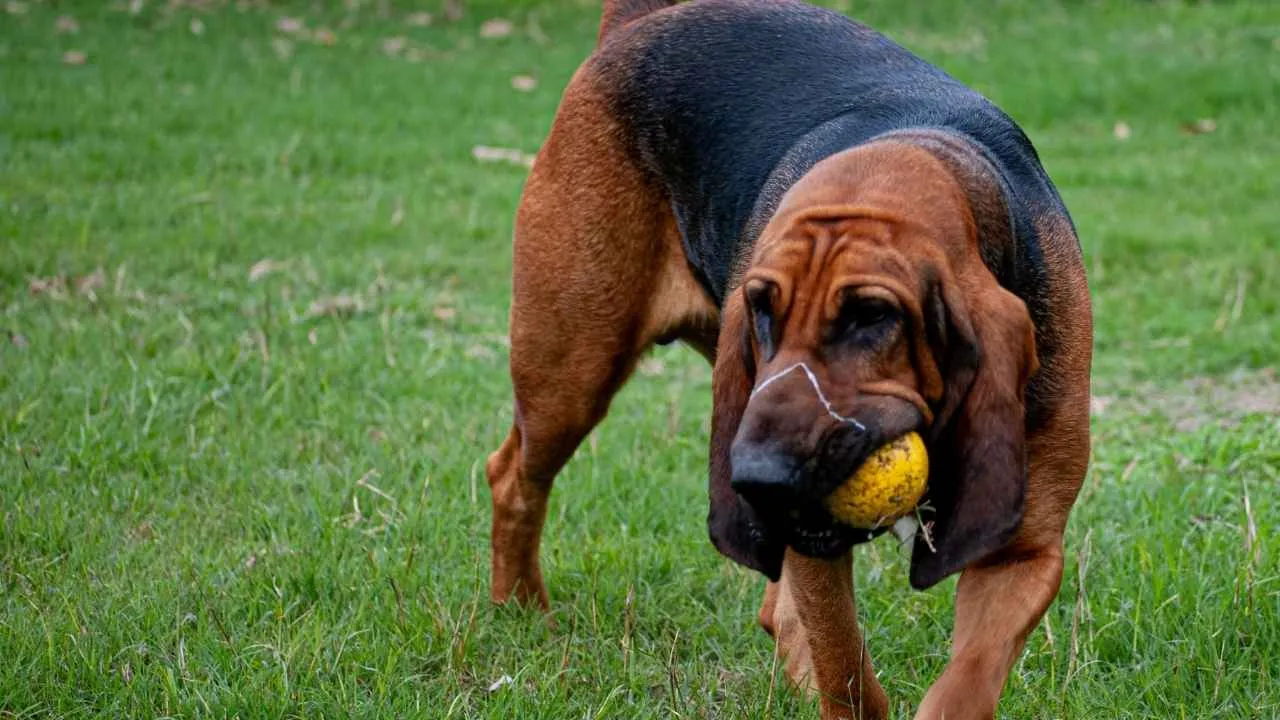
Training a Bloodhound is like trying to interrupt a detective mid-case. They were bred to track and nothing—not your voice, not a toy, not even a reward or other pets—pulls stronger than a scent trail.
These are affectionate, gentle, and incredibly loyal, but independent and stubborn. They don’t disobey to be difficult. They just have other priorities. Mainly, their nose.
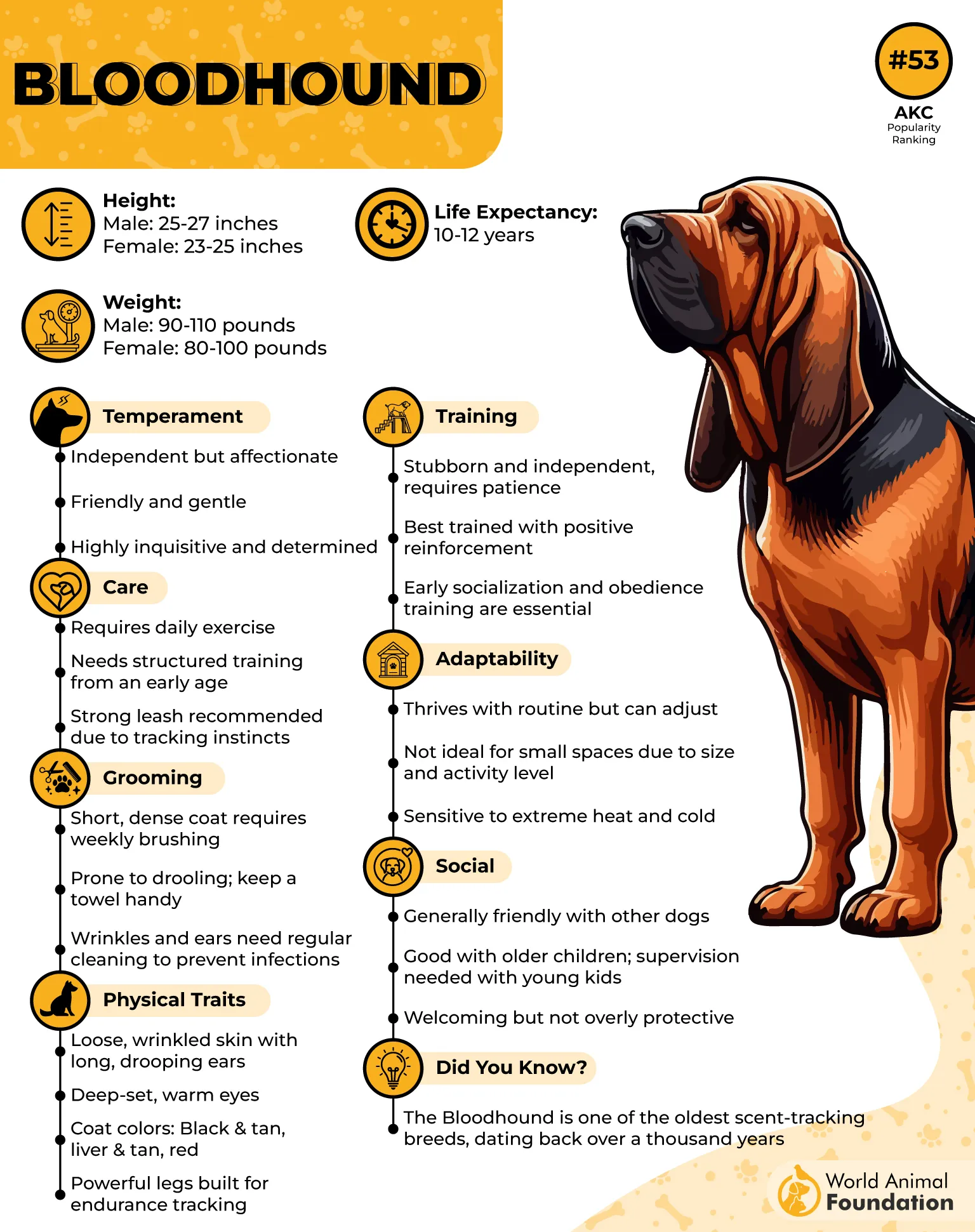
Bloodhounds aren’t naturally wired to seek human approval. You’ll get the best results by working with that instinct, not against it. Use strong-smelling treats, scent-based games, and short training sessions. And while they’re not aggressive, they can be strong-willed, so firm, calm guidance is key.
Their Nose Is Legendary—Literally
Bloodhounds arguably have the best nose in the dog world, with an estimated 230 million scent receptors. They can follow trails over 300 hours old across miles of terrain. That’s why their work has been used as evidence in court. Their droopy ears and wrinkled skin help trap scent particles and guide them right to the source.
The Gentle Side of the Tracker
Despite their intimidating size, Bloodhounds have the personality of gentle giants. They’re famously patient and good with children and other pets, and even strangers. They love being part of the family and don’t have a natural guarding instinct.
They’re also known for their distinctive bay, a deep, echoing howl that often comes out when they’re working a scent or feeling vocal. And yes, they shed, and that coat (and those wrinkles) need regular grooming to keep clean and comfortable.
5. Bullmastiff
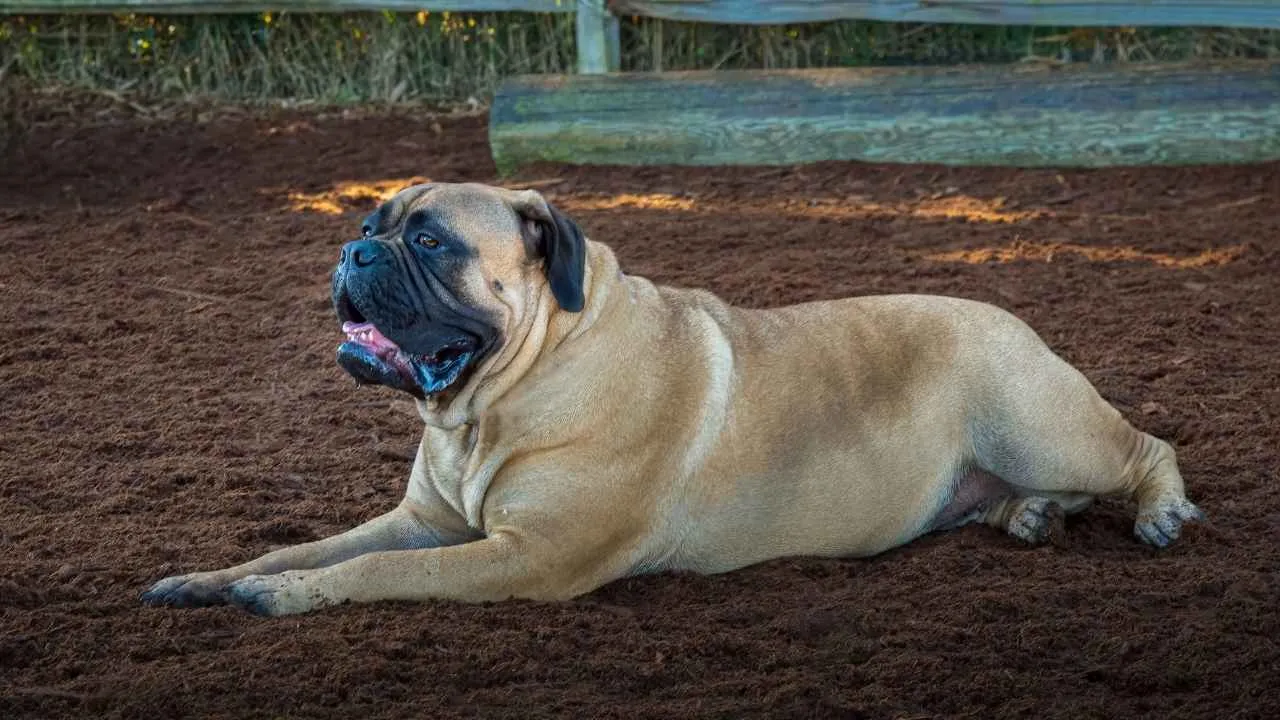
Training a Bullmastiff can test your patience—not because they are less intelligent, but because they think for themselves and move at their own pace. Bred as silent guardians for English estates, Bullmastiffs were taught to restrain intruders without biting, relying on strength and composure over aggression.
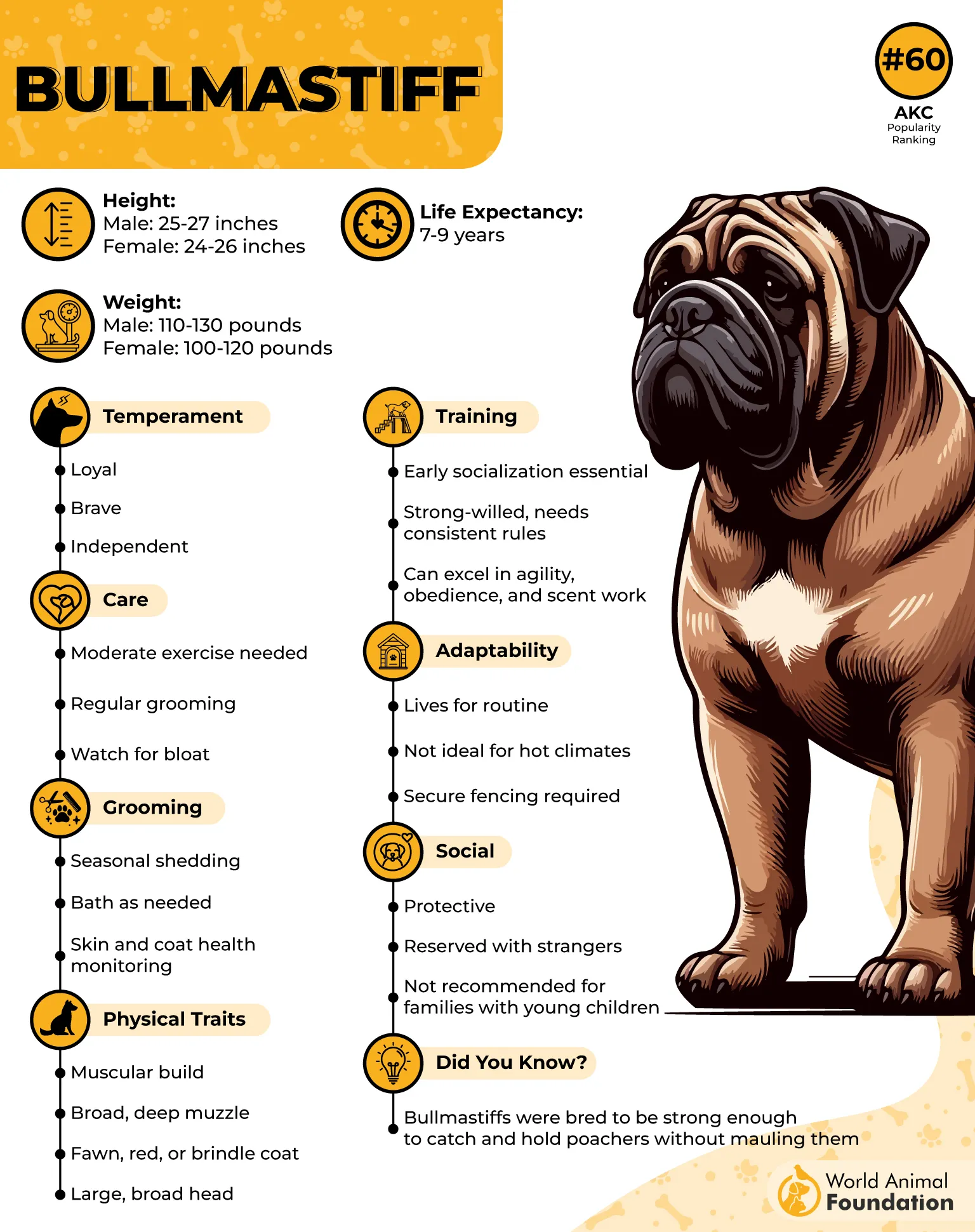
That cool-headed independence still defines them today, but it also makes them a bit difficult to train if, as an owner, you’re expecting quick obedience.
A Gentle Giant with Low Maintenance Needs
Though they can be a stubborn breed, Bullmastiffs are surprisingly laid-back. Unlike energetic pets that demand constant movement, Bullmastiffs prefer lounging with the family, making them ideal for homes where long hikes aren’t on the agenda.
According to PetMD, their short, dense coat is easy to manage and relatively low-shedding, which helps first-time owners spend more on bonding and making them properly trained.
Independent Yet Devoted
What makes Bullmastiffs unique is their quiet strength. They’re not barkers, and they rarely react without thinking. They’re quite intelligent as well.
But don’t let that silence fool you—they have a strong sense of territory and loyalty, and they’ll watch everything closely. Their independence means you’ll need to establish boundaries early and keep commands simple and consistent training.
6. Dachshund
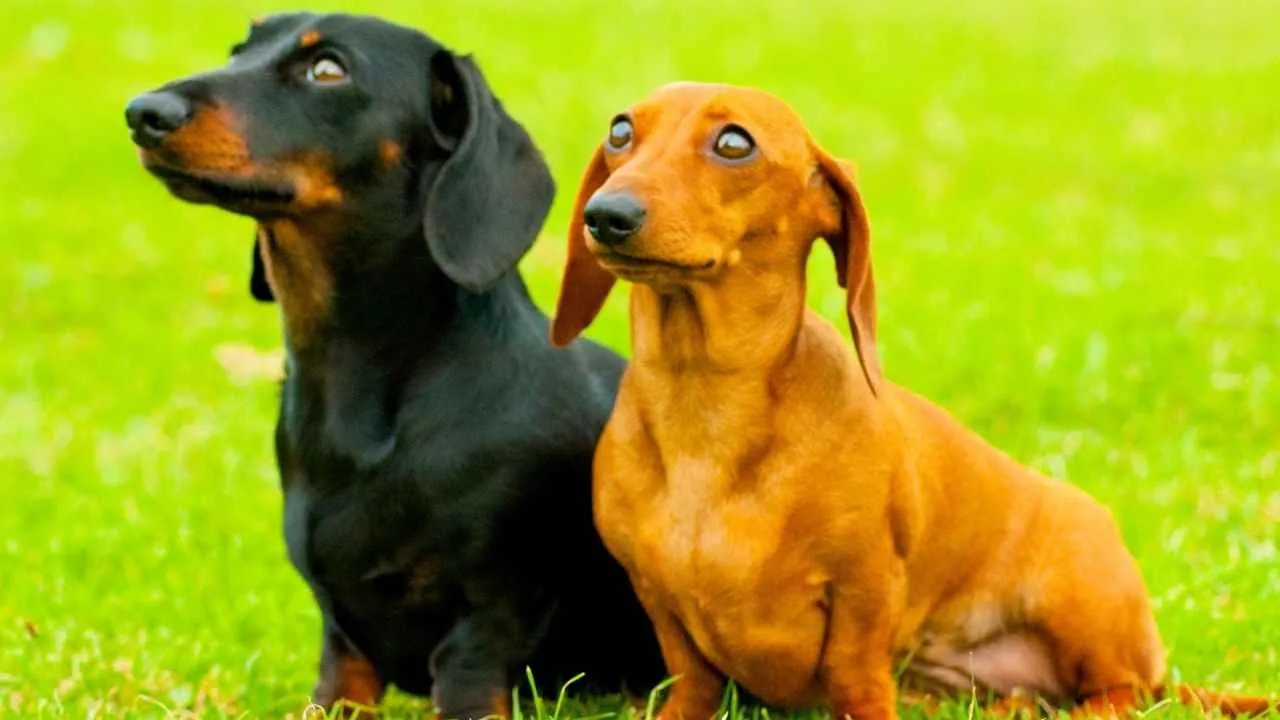
Dachshunds are cute, cuddly, and surprisingly clever. These small breeds pack a serious streak of independence, and that can make training a bit of a balancing act in their early age as puppies. It’s particularly hard for first-time dog owners to train them even for the simple tasks.
They learn quickly and love showing off tricks, but their hunting roots mean they’re used to thinking for themselves and being curious. If they catch a scent or hear a strange sound, all bets are off. Barking is part of the package, too—these dogs are vocal, opinionated.
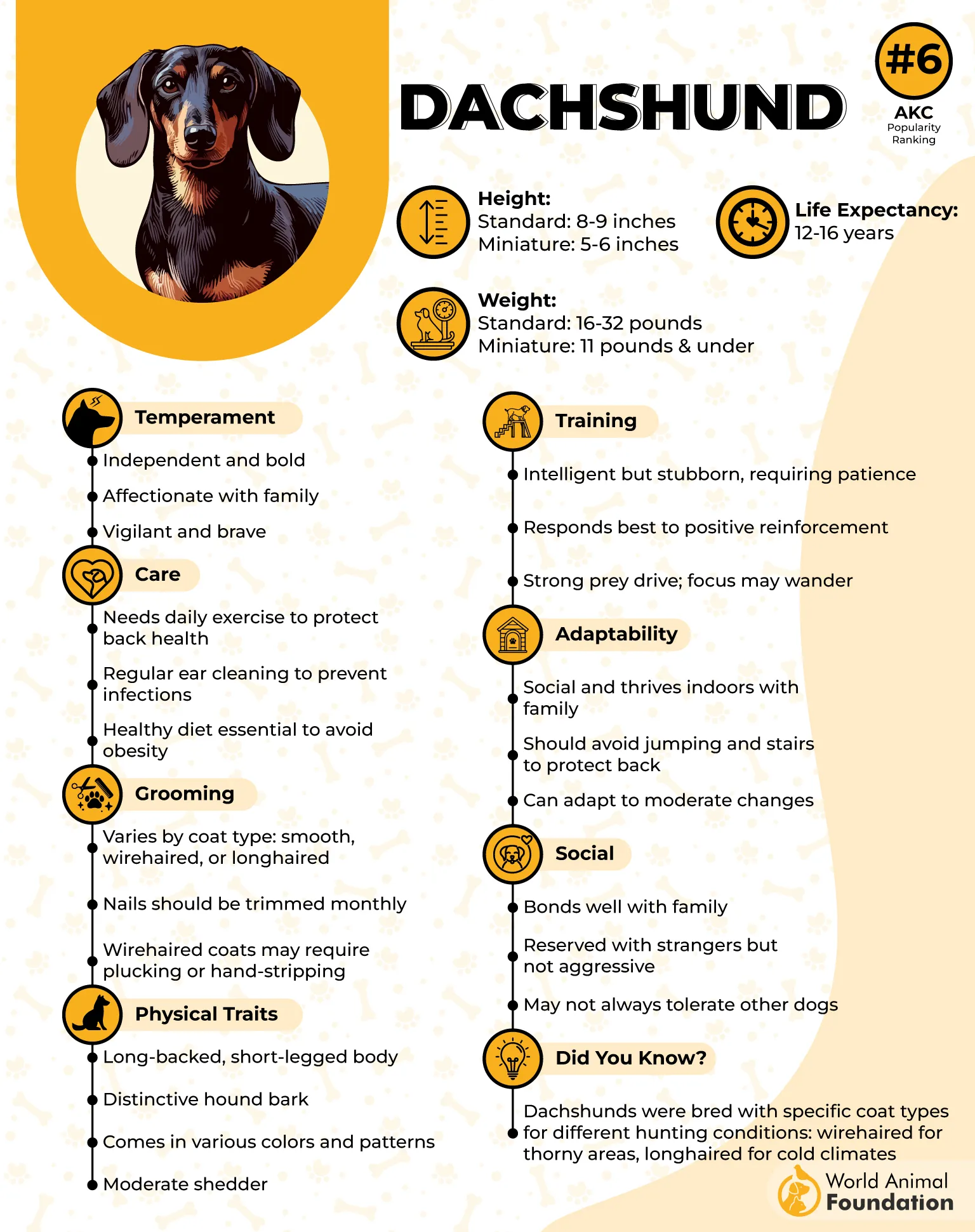
Patience is essential. They are sensitive to tone, so yelling or harsh corrections will backfire. You’ll get better results by keeping training sessions short, fun, and full of positive reinforcement. Mix things up to keep their attention on you.
Small Hunters, Big History
Originally bred to hunt badgers, they were designed to be low to the ground, fearless, and determined. Their long bodies and strong paws were perfect for burrowing into underground dens. Today, that digging instinct shows up in garden beds and blanket piles with families.
They’re small, but they’ve got the heart of a lion. They come in two sizes (standard and miniature), and three coat types—smooth, longhaired, and wirehaired. Miniatures and pups were bred for rabbit holes, and their size hasn’t slowed them down.
Royal Fans and Artistic Muses
Queen Victoria adored them. Picasso and Andy Warhol painted them. They have long held a spot in the cultural spotlight and pets, thanks to their charm, quirkiness, and unmistakable silhouette.
One even holds the record as the first dog cloned in Britain. They live longer than most, with some making it past 20 years. They’re fun-loving, burrow-obsessed, and loyal to the core to humans.
7. Jack Russell Terrier
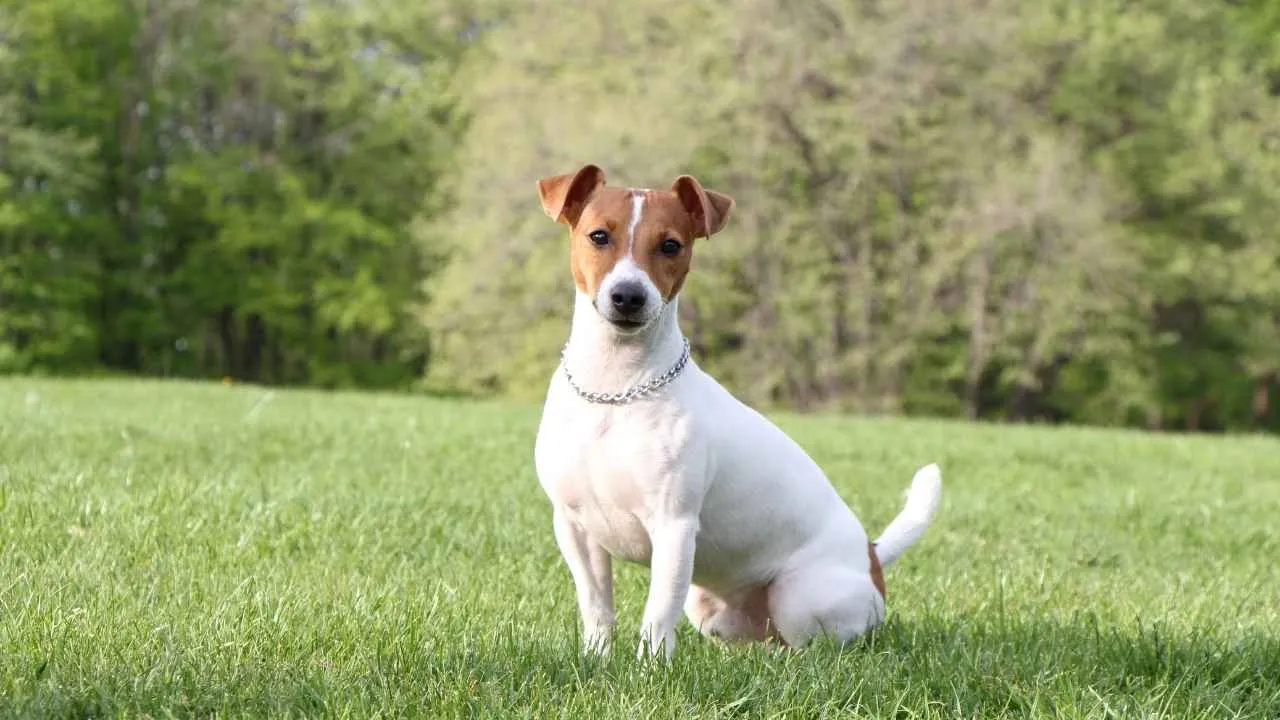
Don’t be fooled by the Jack Russell Terrier’s size or cuteness—this dog means business. Originally bred to hunt foxes, Jack Russells come hardwired with a high prey drive, sky-high energy levels, and a bold, independent streak. Training one isn’t for a person faint of heart.
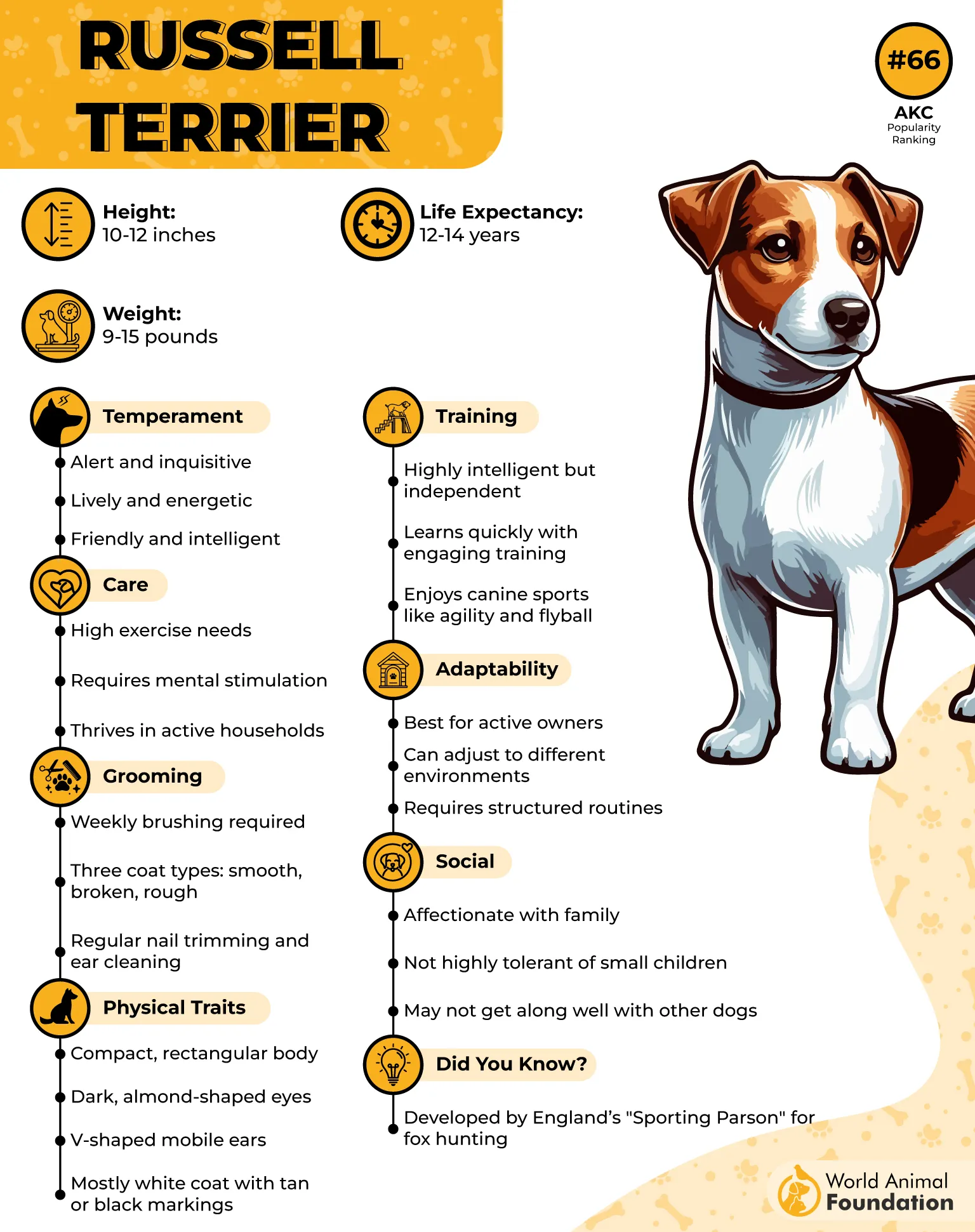
They’re whip-smart but also strong-willed, and if they’re not in the mood to listen, they won’t, making them stubborn. This is the kind of dog that runs the house unless you step up as a confident, consistent leader. For that reason, they’re often recommended only for experienced dog owners or trainers and require proper training with intelligence.
Energy and Intelligence: Use It or Lose It
Jack Russells need something to do. A lot of it. Daily exercise is non-negotiable, and that goes for mental stimulation, too. They thrive on brain games, agility training, problem solving, and learning new tricks. They’re highly intelligent. The more you challenge them, the more focused and cooperative they become. Let them get bored, and you’ll find out just how vocal, destructive, and dig-happy they can get.
What Makes a Jack Russell a Jack Russell?
These are natural diggers, thanks to their rodent-hunting background. That means your garden might not be safe unless you channel their instincts into something more productive (like a sandbox).
They’re also known for their impressive leaping ability—some can jump five times their height, which makes them naturals in agility sports and other high-energy dog challenges. You’ll find them in three coat types: smooth, broken, and rough. Regardless of coat, they all bring the same fearless energy to the table.
Conclusion
Training these stubborn varieties of certain breeds isn’t about dominance or force—it’s about patience, consistency, and figuring out what makes them tick. These dogs aren’t trying to be difficult for the sake of it; they’re just wired to think independently, follow their instincts, or concentrate on things that seem more interesting than your commands.
The trick is working with those traits, not against them. Use what motivates them—scent, play, praise, or food—and keep training sessions short, positive, and engaging. It takes more effort, sure, but when a stubborn dog chooses to listen, it’s not because they have to—it’s because they want to. And that’s a win worth the work.


